Wondering how to get pregnant? It’s not as simple as it seems! Pregnancy takes several days, and there are lots of steps. Here are the basics of how pregnancy works. To learn more about pregnancy, visit https://www.plannedparenthood.org/learn/pregnancy/how-pregnancy-happens Transcript: Pregnancy is a pretty amazing process — it all starts with sperm and an egg. Sperm are tiny, microscopic cells that are made in testicles. Sperm cells mix with other fluids to make semen, which spurts out of your penis when you ejaculate. Eggs live in ovaries, and the hormones that control your menstrual cycle cause eggs to mature every month. These hormones also make the lining of your uterus thick and spongy, to prepare for a possible pregnancy. Every month, one mature egg leaves your ovary — this is called ovulation. That egg travels through your fallopian tube, which takes about 12-24 hours. If semen gets into your vagina, sperm can swim up through your cervix, uterus, and fallopian tubes, searching for an egg. Sperm cells can live in your body for up to 6 days waiting for an egg to show up. Millions of sperm come out during each ejaculation — but it only takes 1 sperm to meet with an egg, which can lead to pregnancy. When a sperm cell joins with an egg, it’s called fertilization. After that happens, the fertilized egg begins to divide into more and more cells and moves towards your uterus. The ball of cells gets to your uterus about 3–4 days after fertilization, where it can float around for another few days. If the ball of cells attaches to the spongy uterine lining, pregnancy officially begins — this is called implantation. It usually takes around 3-4 days to finish implanting. Up to half of all fertilized eggs naturally don’t implant — they pass out of your body during your period. When the ball of cells implants into your uterine lining, your body starts making pregnancy hormones. These hormones keep your uterine lining in place so it can nourish the pregnancy — that’s why you don’t get your period when you’re pregnant. But if sperm and egg don’t meet up, or a fertilized egg doesn’t implant into your uterus, the lining isn’t needed, and it flows out of your vagina. That’s your period. So it actually takes a lot of steps for pregnancy to happen, and up to 2-3 weeks.
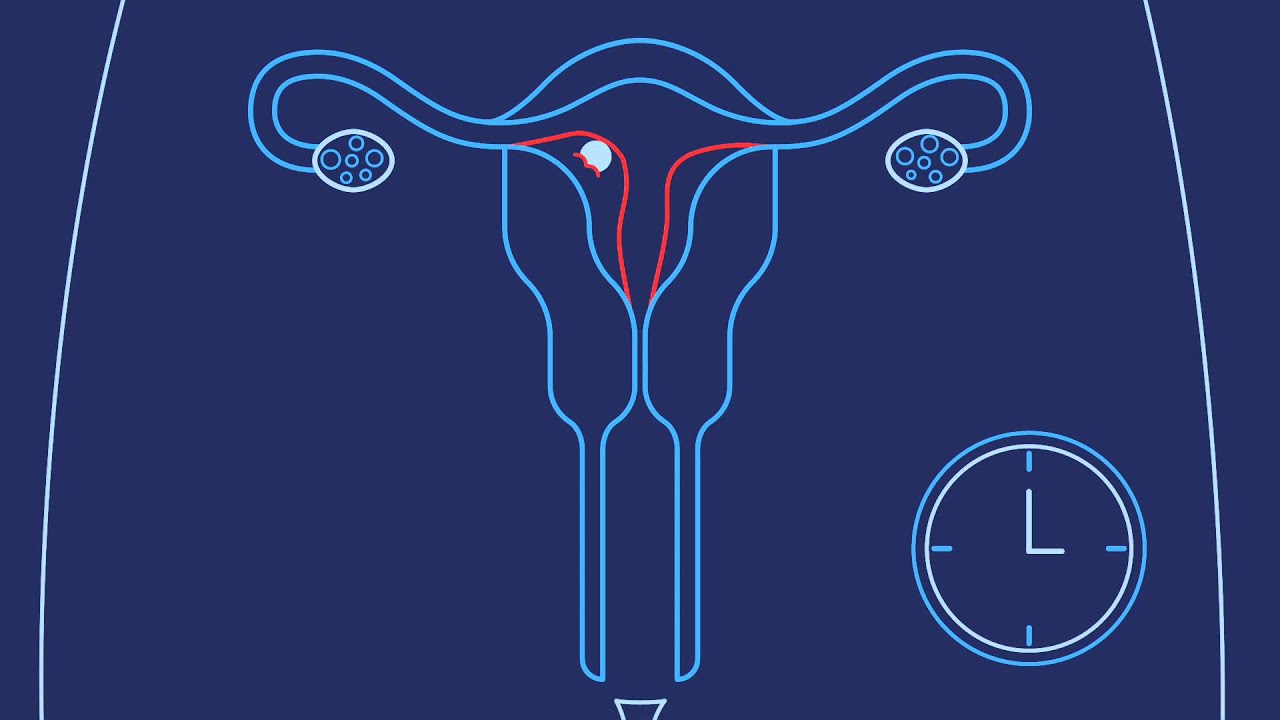
How Do You Get Pregnant? | Planned Parenthood Video
- Post author:
- Post published:June 9, 2021
- Post comments:0 Comments
You Might Also Like
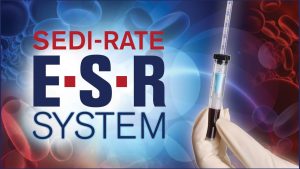
Sedi-Rate ESR System from Globe Scientific

Hepatomegaly – Enlarged Liver Causes, Symptoms, And Diagnosis

Iron Deficiency Causes
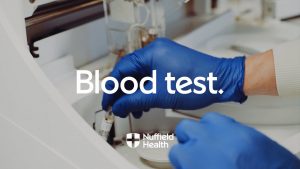
Blood Test Procedure | Nuffield Health

What causes Diarrhea? + more videos | #aumsum #kids #science #education #children

Parts of the Brain-Human Brain Structure and Function

Creatine Causes Erectile Dysfunction?
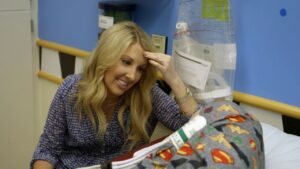
Pediatrics Video – 4

How much sperm count is needed for IUI or IVF?-Dr. Kasi Sellappan

Hypertrophic Cardiomyopathy (HCM) Mechanism of Disease Video
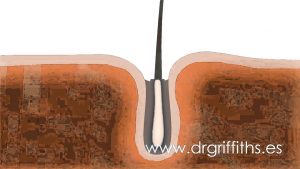
FUE Hair Transplant – Animation

Dumbbell Pullover-6

Water Nutrition Video – 1

Amino Acids and Insulin

The Main Causes of High Liver Enzymes & Non-Alcoholic Fatty Liver Disease – Dr.Berg

Top 5 bmiSMART I REMOVE Review Or Weight Loss Products That Work Fast 001

Curcumin Plus Silymarin Could become a Powerful Cancer Fighting Combo

Real Cause Of High Blood Pressure (Hypertension) | Dr.Berg

Kidney Disease Prevention – 15 Super Foods

Alli® Weight Loss Aid, Orlistat: Before & After

Geriatric Physiotherapy Video – 8

Ultrasound Training: Thyroid and Parathyroid Glands
Warm Up

Patients Can Test Blood Sugar Via Smartphones
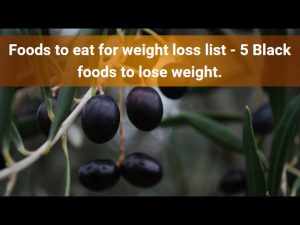
Foods to eat for weight loss list

Oral And Maxillofacial Surgery Video – 5

NEET Video Lecture on Principles of Inheritance and Variation – Genetics: Class 12th Botany

Stretching Exercise For Calf Muscles In Pregnancy

Top 10 Omega 3 Rich Foods for Vegetarians & Non-Vegetarians
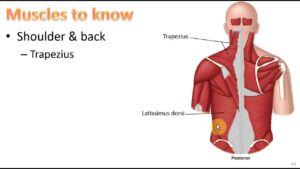
Anatomy Ch 9 – Muscular System
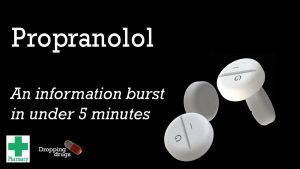
Propranolol information burst

Mixing Drugs = Synergism

Yoga Exercises for Lungs
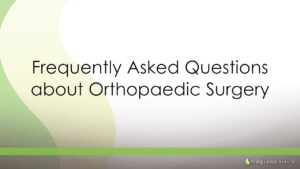
Orthopedics Video – 3

Swiss Ball Exercises for Glutes : Dynamic Exercises

Front Raises supersetted w/ Lateral Raises

How To Cool Down After Exercise

GET DEFINITION IN YOUR CHEST | Full chest workout

Urology Video – 4

Omega 3 Fatty Acids के फायदे और नुकसान – Wow, Amway, Healthkart, MuscleBlaze, Healthviva Review

Cardio-Thoracic Physiotherapy Video – 5

